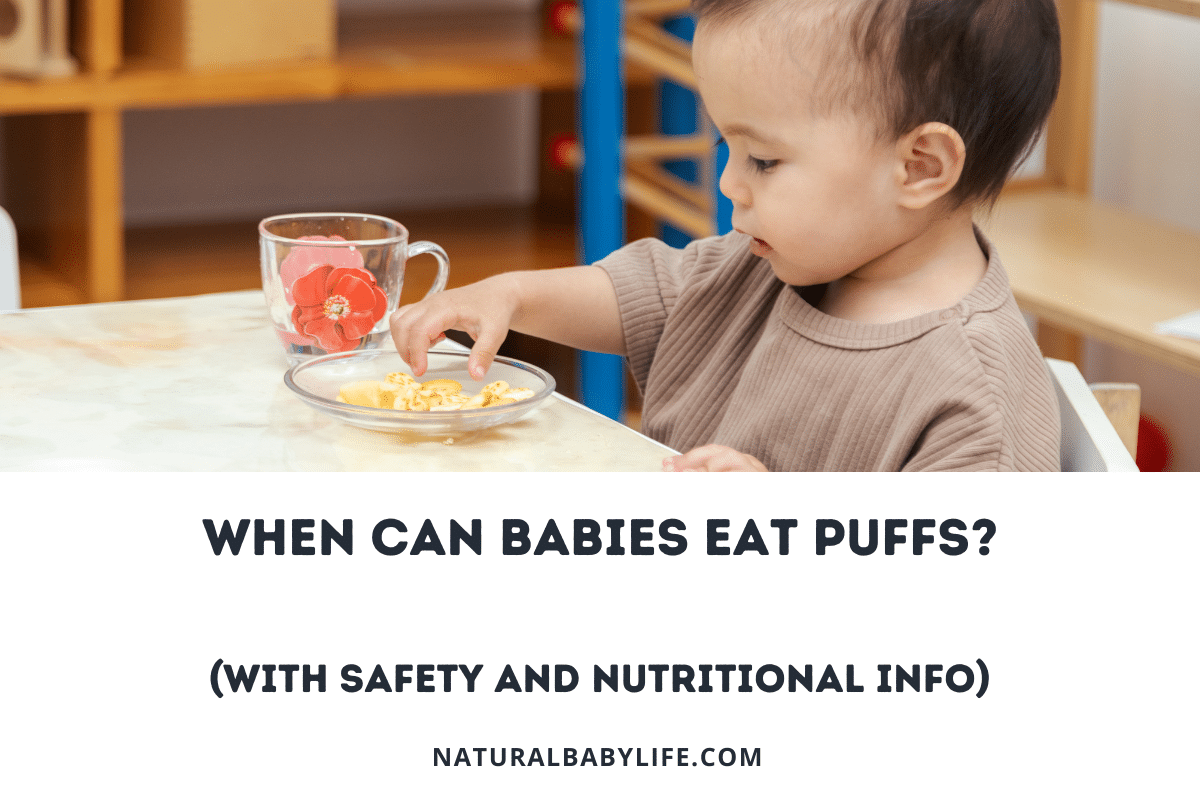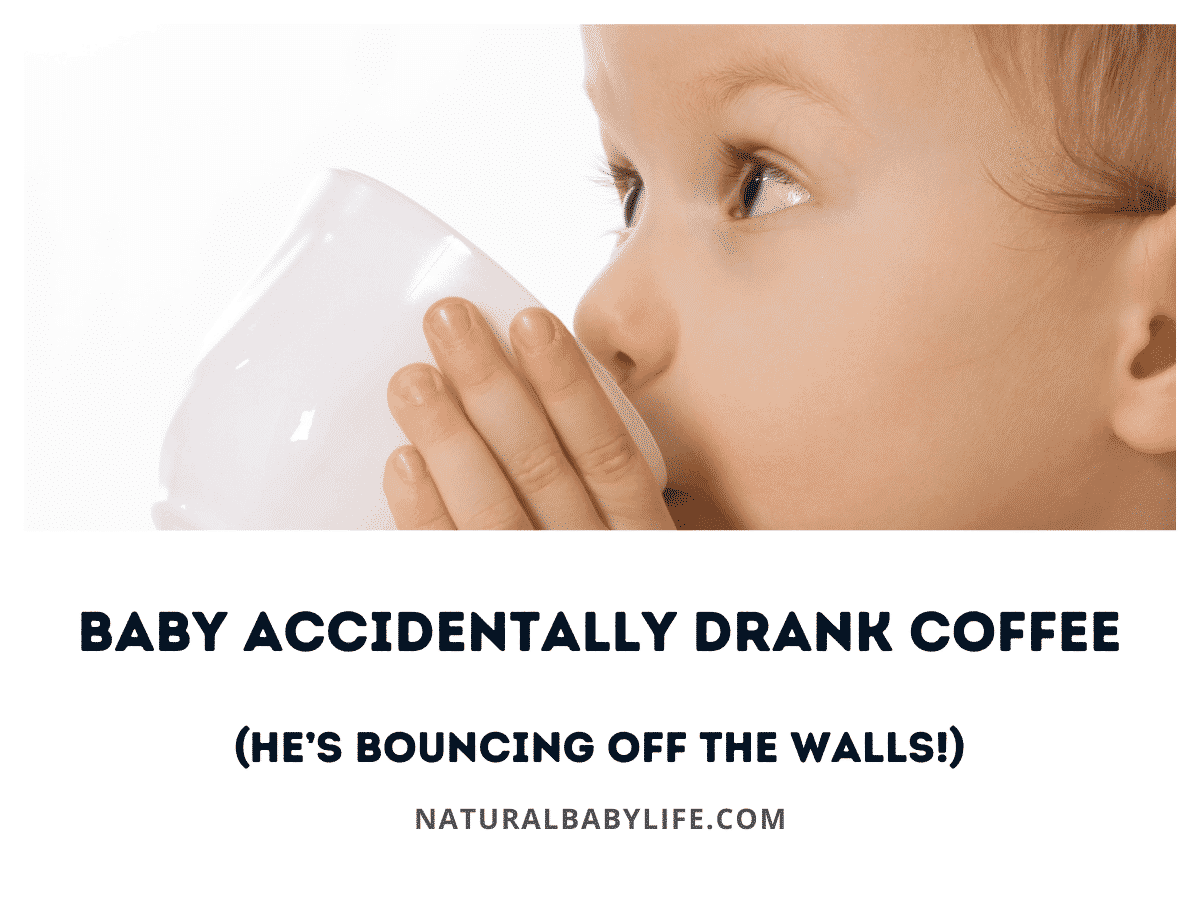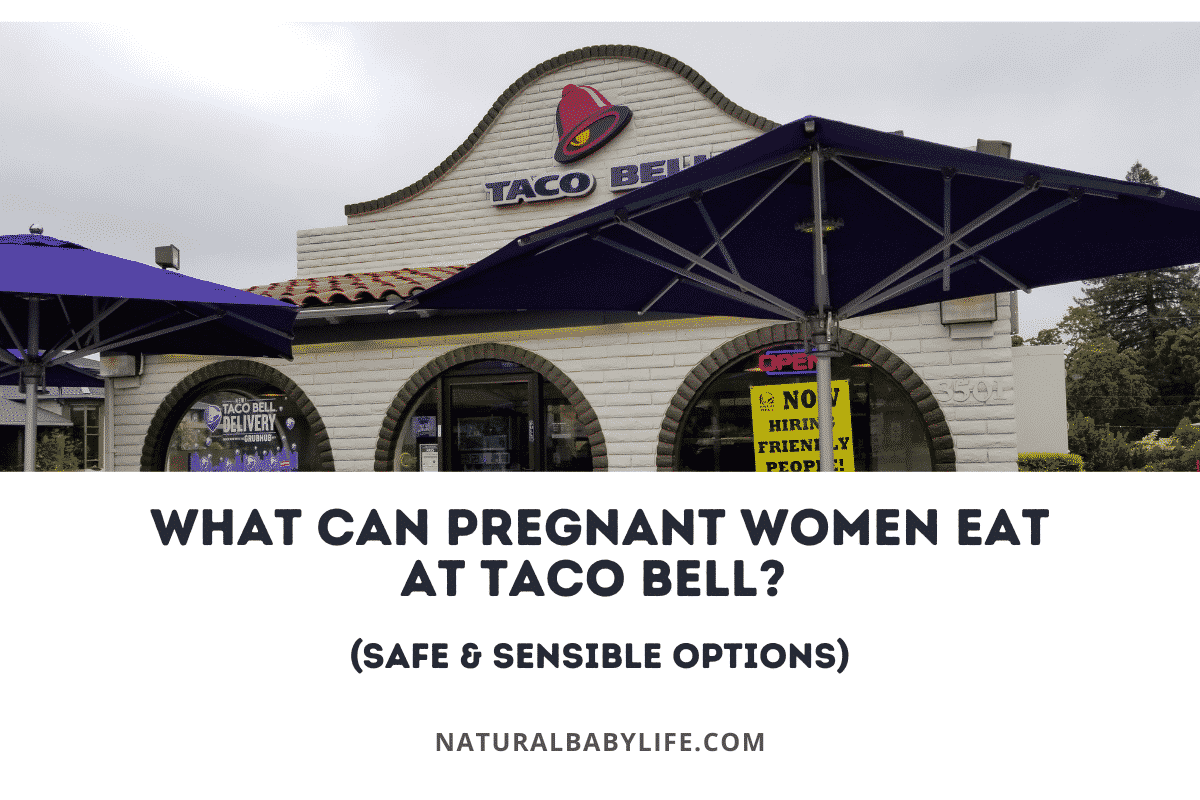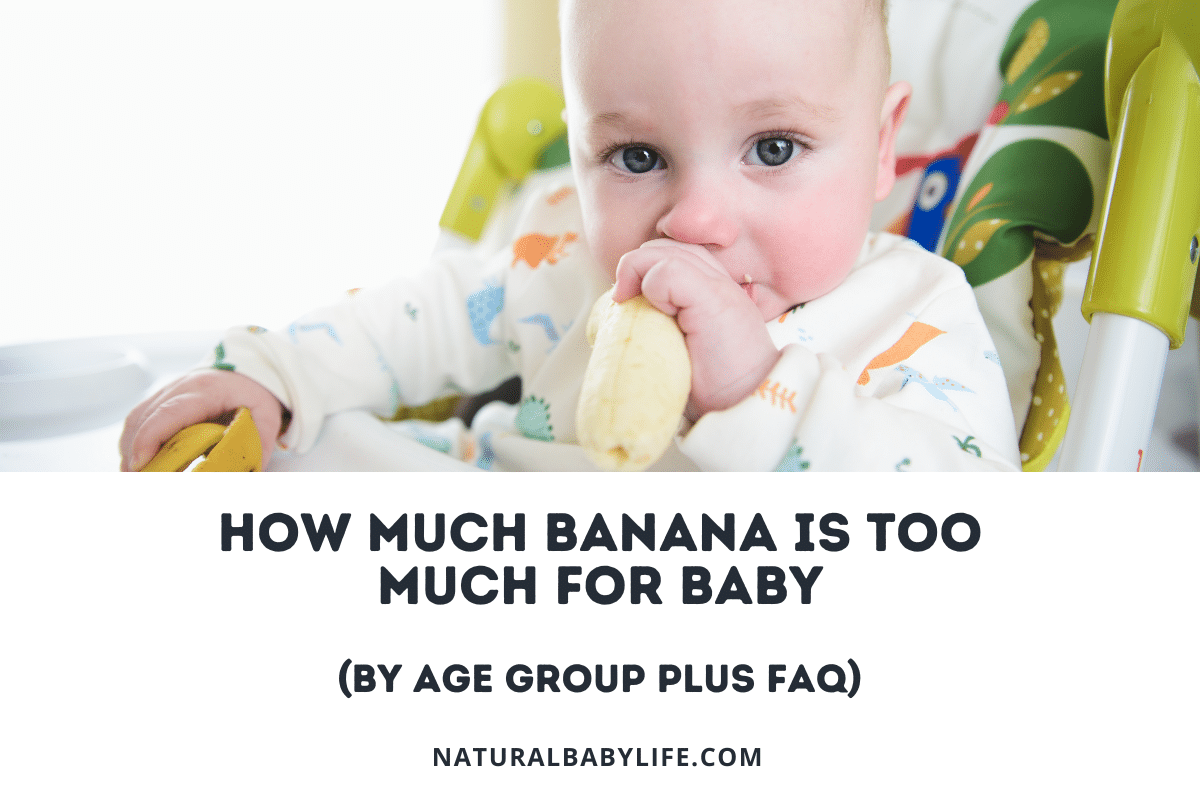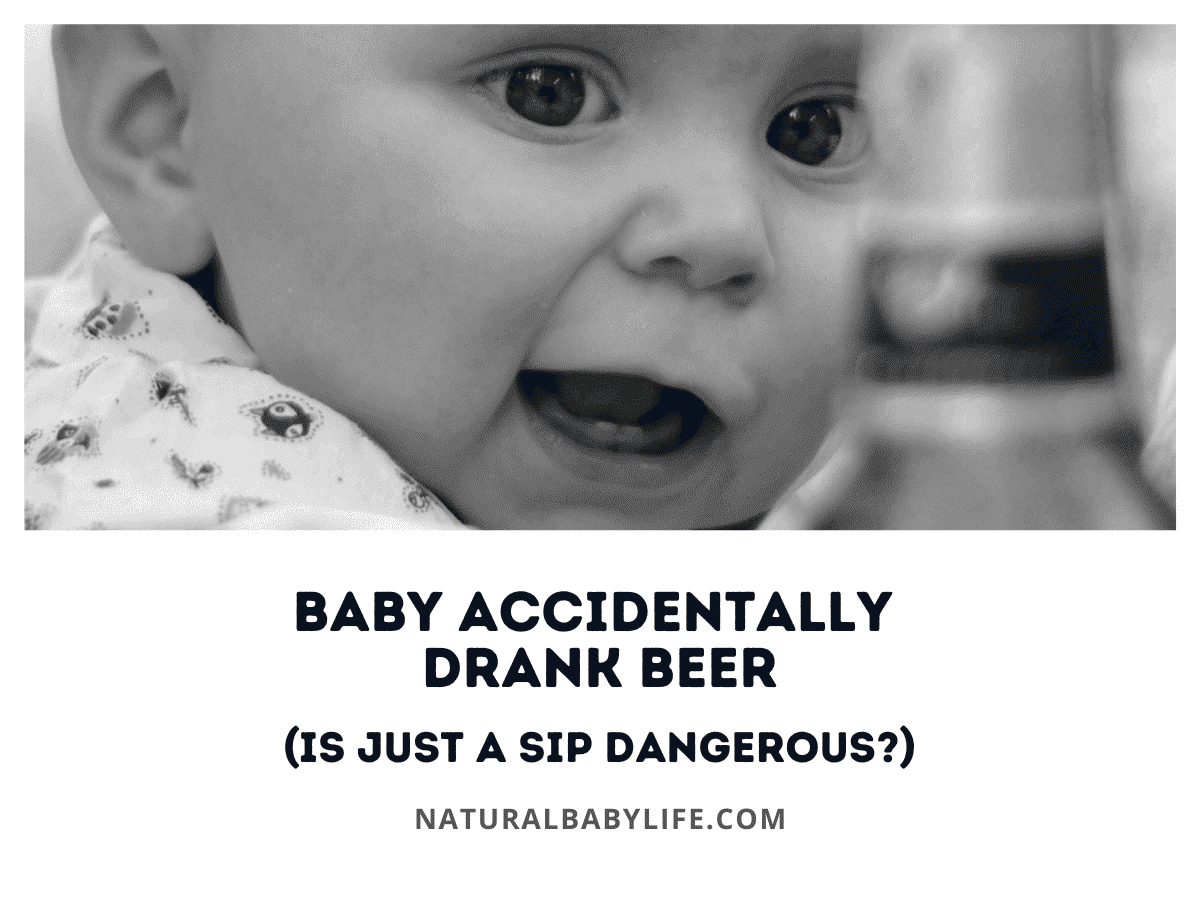Baby puffs are a common snack to feed babies once they are comfortable with eating finger foods but parents might wonder when exactly babies should start eating puffs and other safety considerations that they should be aware of before handing them out.
Baby puffs are generally recommended for babies to start between 7 and 11 months of age. Babies are generally ready to eat puffs when they can sit independently, put food in their mouth by themselves, and are practicing a chewing motion.
Keep reading to find out more about the best time to start feeding puffs to your baby as well as some nutritional information and some great puff recipes you can try at home.
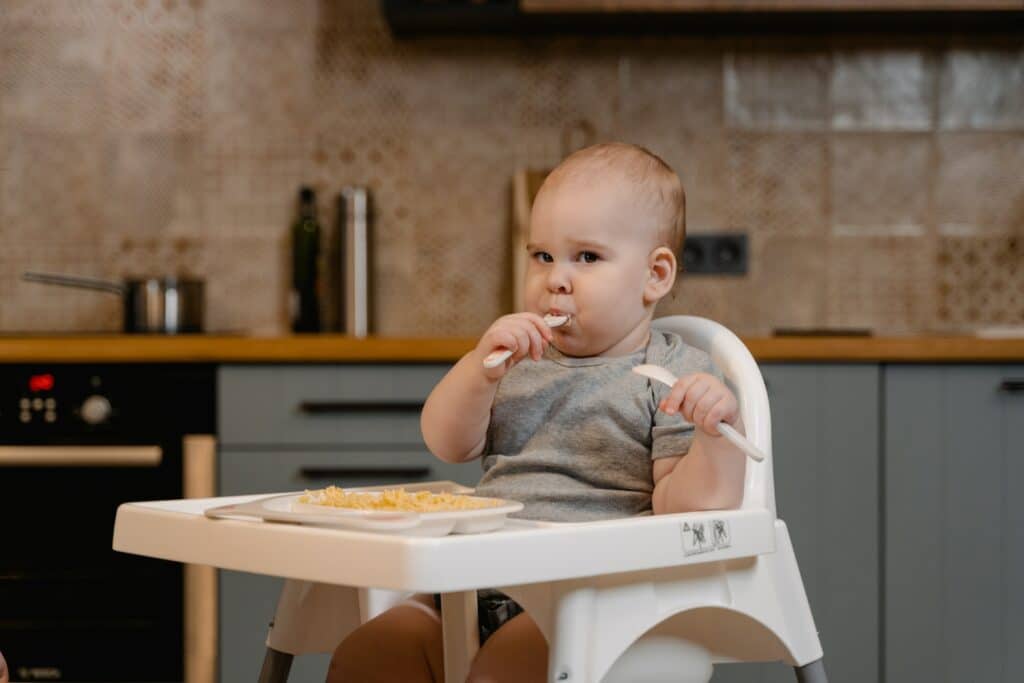
Table of Contents
When can babies eat puffs?
When you start your baby on finger foods, you may find yourself looking for some quick and easy options that you can take with you on the go. One of the first snacks parents reach for are baby puffs – small, dissolvable cereal snacks that are easy to toss into a diaper bag. They’re also an easy way to keep a hungry baby entertained while you’re prepping dinner, but you may be wondering when your baby is ready to try them.
Puffs are considered to be one of the best finger foods for babies because they dissolve quickly and are ideal for promoting fine motor skills. However, they shouldn’t be the first thing you try to feed your baby.
Most puff brands recommend them for crawling babies, but this is not necessarily a good guide as some babies begin crawling early and others do not begin crawling until much later. Some babies even skip crawling completely. Gerber products list a specific age on their products as well and recommend their puffs for babies who are 8 months and up.
It is generally recommended that babies start finger foods between 7-11 months. Since every baby learns and develops at a different rate, it is best to watch for certain milestones and discuss with your pediatrician to determine what time is best for your baby.
How to tell if your baby is ready to eat puffs
Here are some signs you can look for to help you decide when your baby is ready to eat puffs:
- Baby is able to sit up independently. This is an important milestone when switching from purees to finger foods. Sitting up will help prevent choking.
- Baby has some experience with “chewing.” Your baby doesn’t have to have teeth to start munching on soft foods. They may also practice this jaw motion on toys or even on nothing while watching you eat.
- Baby is interested in solid foods. When your little one starts reaching for your food (or even stealing it from your plate) they are telling you they want to try something new. Consider starting with softer solids like chunks of banana or avocado, but you can move to puffs pretty quickly.
- Baby can pick up food and put it in their mouth. Self-feeding can’t start until your baby develops the proper motor skills. Your baby will likely start out grasping with their whole hand and this is fine. Puffs will help them develop that pincer-grasp soon enough.
- You are doing baby-led weaning. While traditionally weaned babies start with purees and take longer to work their way up to puffs, baby-led weaning may allow you to start on puffs a bit sooner.
Remember, these are just guidelines. It’s possible that your baby will be either ahead or behind of the ‘normal’ schedule and that’s okay too!
Can a baby choke on puffs?
Puffs are designed to dissolve fairly quickly when wet, making them easy to swallow even if your baby can’t chew properly yet. In your baby’s mouth, puffs will dissolve within 10 seconds and they do not pose a significant choking hazard.
There are many stories floating around online about babies choking on puffs which might make you wary of trying them. However, in most of these stories, the child is not actually choking, but rather gagging and the issue is resolved once the puffs dissolve or they manage to cough up the puffs.
It is important for parents to remember that if their child is coughing or making gagging sounds, they are not choking. Frequent gagging is completely normal while babies are learning to eat. If your baby is gagging, it is best to let them work it out themselves. Simply monitor closely to make sure they are able to clear their airway.
As with any food – never leave a baby unattended while eating. Puffs may not pose much risk but babies are notorious for finding ways to defy the odds. It’s always best practice to stay close by while your baby is eating.
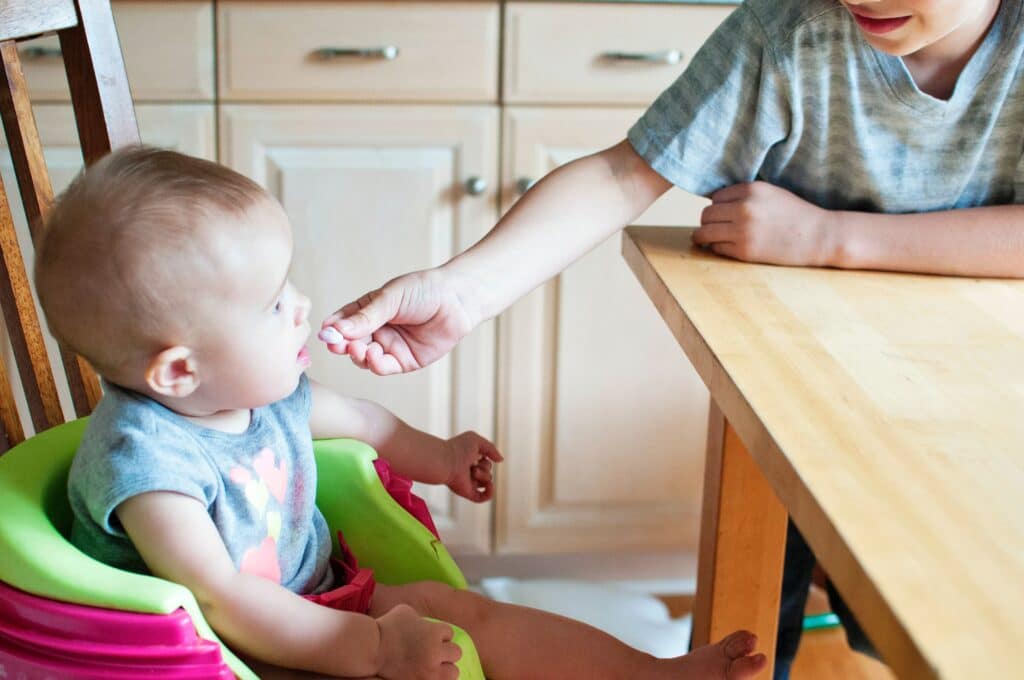
What are the best baby puffs?
Most common baby food brands, such as Gerber and HappyBaby, offer organic puffs made with whole grains and real fruit juice or purees.
However, Baby Gourmet offers something completely different. Rather than using wheat or rice, their Puffies are made with quinoa and lentil flour, meaning these puffs provide protein and fiber in every serving instead of just carbohydrates. They also contain probiotics to help with digestion and come in unique flavor combinations such as:
- Banana kale
- Cheesy broccoli
- Strawberry beet
If you want to check out these and other healthy cereal puff options made with organic, natural ingredients, then check them out here.
What are baby puffs?
We’ve already talked a bit about how common baby puffs are but what exactly are we talking about here?
Baby puffs are small snacks made for babies to use as portable finger food. They are normally made from cereals and other ingredients that have been ‘puffed’ through baking or other processes to produce a light, airy, and easy to digest food for babies just getting comfortable for solid foods and finger foods.
With that said, there are tons of different options available in the baby food aisle and you need to be aware of the options because they are not all created equally when it comes to ingredient selection and overall nutrition.
Baby puff ingredients
Ingredient lists vary by brand and flavor but generally follow the same basic formula. The ingredients of baby puffs generally include:
- Whole grain flour base, usually wheat or rice
- Cane sugar (some use apple juice to sweeten instead)
- Starch
- Various dried fruit and vegetable purees or fruit and vegetable powders
- Natural flavors
- Mixed tocopherols (forms of natural vitamin E used as a preservative)
Let’s take a closer look at whether baby puffs are a healthy snack for your little one.
Are baby puffs healthy?
While baby puffs aren’t necessarily unhealthy, they don’t typically offer much in terms of nutrition. Most brands of baby puffs contain about 6 grams of carbohydrates per serving and little else. They are a puffed cereal, which means they’re mostly filled with air. However, many brands are fortified with extra vitamins and minerals to help promote growth and development.
Rather than looking at these snacks as an important part of your baby’s diet, they are better classified as a snack that aims to provide maximum distraction/entertainment value for your baby without adding too many unnecessary calories to their daily intake.
Serving size varies a bit but you can generally let your baby snack on quite a few of these without worrying about feeding too many carbs – 6 grams is only 6% of a baby’s daily value. However, you’ll need to look elsewhere for your baby’s daily protein and fiber.
Simple baby puff recipes
Baby puffs are readily available at Walmart, Target, your local grocery store, and even online. However, some parents like to try making them from scratch – that way they know exactly they are feeding to their babies.
Here are some great recipes for you to try at home!
Organic baby puffs
This first recipe is super simple. Baby Green Puffs are gluten and dairy-free. They contain only six ingredients and are so easy to make!
Simply combine all the ingredients in a food processor, pipe small dots onto baking parchment, and bake.
The website also includes a great how-to video so you can follow along.
Ingredients
- 1 Tbsp coconut oil
- 2 egg yolks OR 2 T flax seed + 6 T water
- 1 cup kale
- 1/2 cup apple sauce
- 1/2 cup instant rice cereal
- 1 tsp baking powder
Instructions
- In a food processor add all the ingredients.
- Blend up until a smooth cream forms (4min)
- Using a chef pastry bag or a simple plastic bag, create small dots on some parchment paper, the size you like.
- Bake at 350 for 10 min, reduce to 250 and bake for an additional 30 min up until crisp.
- Store in an airtight container for 1 week.
Vegan baby puffs recipe
Vegan families will love this flexible recipe – you can decide what fruits and vegetables to use! Homemade Tropical Vegan Puffs don’t have to be tropical. The recipe simply calls for 4 ounces of puree along with 5 other basic ingredients.
They used papaya, mango, and banana which sounds delicious.
However, you can try this recipe with any fruits or veggies you have on hand.
Baby banana puff recipe
Bananas make a great substitute for eggs in many baking recipes. Puffs are no different. Banana Plum Zucchini Baby Puffs combine 7 ingredients for a super healthy and flavorful combination.
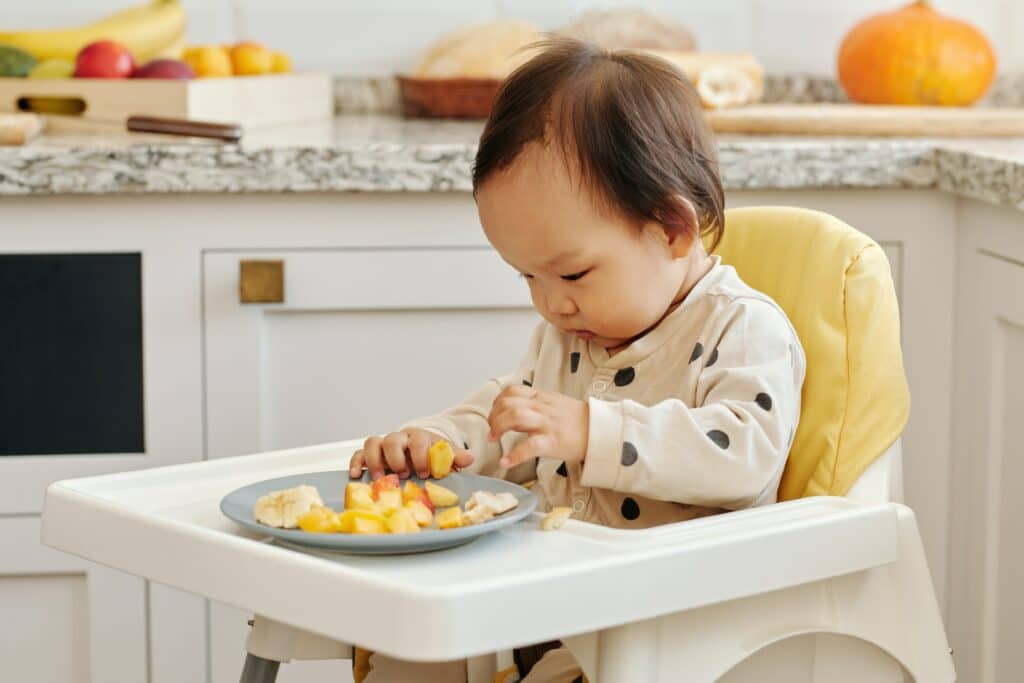
When can babies eat cheerios, bananas, and other finger foods?
While baby puffs are a great finger food for babies, you might wonder when your baby can have other finger foods such as cheerios and bananas. According to the CDC, you can start introducing solid foods around 6 months old.
While some parents do start introducing solids at 4 months, introducing solids before 4 months is not recommended. However, it’s important to pay attention to the signs your child is ready to eat solids instead of simply considering their age.
Before you introduce solids, your child should be able to:
- Sit up independently
- Control their head and neck
- Put food in their mouth
- Practice chewing and swallowing
At 7 months old, most babies are able to eat foods such as vegetables, yogurt, cheese, and fruits. You might use different feeding techniques if you’re using baby-led weaning, which allows babies to take control of their eating habits.
Can my baby eat cheerios?
Small finger foods like cheerios can be given to your baby when they’re 6-9 months old if they’re showing signs of readiness like the ones listed above. Keep in mind it’s important to avoid foods that present the highest choking hazard, such as:
- Nuts
- Grapes
- Raw vegetables
- Uncut tomatoes
- Large chunks of cheese
- Spoonfuls of peanut butter
- Whole beans
Remember to stay near your child while they’re eating, especially when they’re first starting solids. Even though most parents don’t want to think about this scary possibility, it’s important to know what to do if your baby is choking.
Frequently Asked Questions (FAQs)
Can a 6 month old have puffs?
Your baby is ready to eat puffs if they’re able to sit independently, feed themselves, and they’re already eating solids. They’re usually ready between 7-9 months old.
Are puffs safe for babies?
If your baby is ready for puffs, they’re a safe snack for babies. Unlike other snacks, baby puffs dissolve in your baby’s mouth, which means they don’t present as much of a choking hazard as other snacks.
Can babies eat puffs without teeth?
Since baby puffs dissolve in your little one’s mouth, they can still eat them if they’re ready, with or without teeth. It’s more important that they’re showing signs of readiness such as sitting up independently and feeding themselves.
What age can you give Gerber cheese puffs?
The Gerber cheese puff snacks are best for babies 8 months and older. These are bigger than the Gerber baby puffs and require your baby to chew them. If your baby is crawling and showing other signs of readiness, they can eat Gerber cheese puffs.
Conclusion
Baby puffs are a great snack for little ones who are eating solid foods. Although they don’t have much nutritional value, they’re also low in sugar and calories, since they’re puffed and mostly made of air. They’re also great for babies who are learning to eat solids since they have a low choking hazard.
If you want to make your own puffs with more natural ingredients, there are plenty of recipes out there that are simple to make at home.

